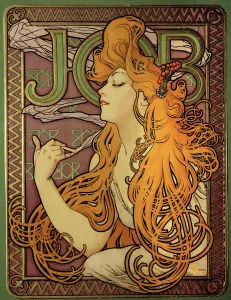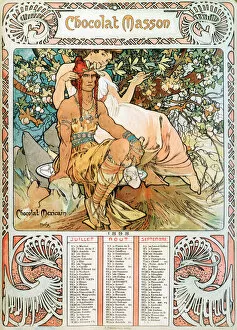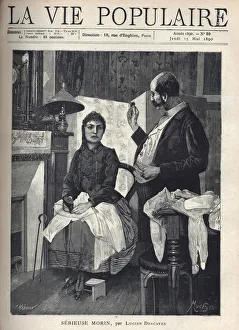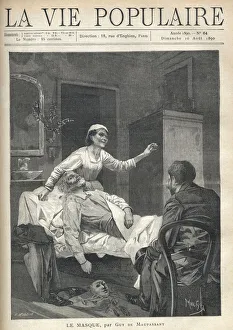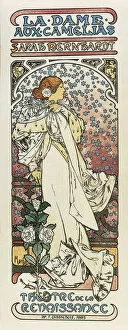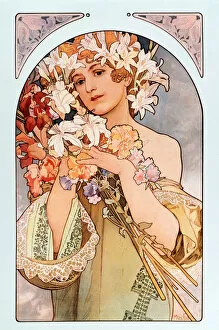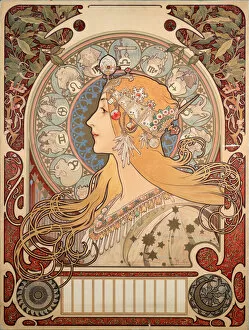Alphonse 1860 1939 Collection
Alphonse Mucha (1860-1939) was a renowned artist whose work spanned various mediums, from advertising to illustration
All Professionally Made to Order for Quick Shipping
Alphonse Mucha (1860-1939) was a renowned artist whose work spanned various mediums, from advertising to illustration. His talent and creativity were evident in his diverse range of projects, including the iconic advertising for the brand of papers called "Job" and the menu printed by Champagne Moet and Chandon for a French specialty meal. One of Mucha's notable works was an advertising illustration for the soap company Savonnerie de Bagnolet Alfred Schweizer. With his distinctive style, he captured the essence of cleanliness and beauty that this soap promised. In another piece, Mucha showcased his artistic prowess through an advertisement poster for a 1898 calendar. The captivating design featured intricate details and vibrant colors that effortlessly caught people's attention. Mucha also delved into more emotional themes with his artwork. In one poignant image, he depicted a sick young woman clutching a piggy bank in her hand, her feverish eyes reflecting her desperation. Another powerful piece portrayed a naked young woman standing gracefully while covering herself with a blanket. This evocative image symbolized vulnerability and sensuality simultaneously. The artist didn't shy away from depicting heart-wrenching scenes either. In one striking illustration, he depicted a desperate soldier embracing the lifeless body of a woman lying on a bed—a haunting portrayal of loss amidst war. On lighter notes, Mucha also explored different aspects of entertainment. He illustrated singers performing on stage facing orchestras in pits—an ode to music's enchantment and its ability to captivate audiences' hearts. Furthermore, Mucha created images that celebrated aging individuals like an old man stretching or an elderly lady sitting with her head held by a doctor in their living room—reminders that beauty can be found at every stage of life. Lastly, among his lithographs was "The Lady of the Camellias, " inspired by Alexandre Dumas' novel.

